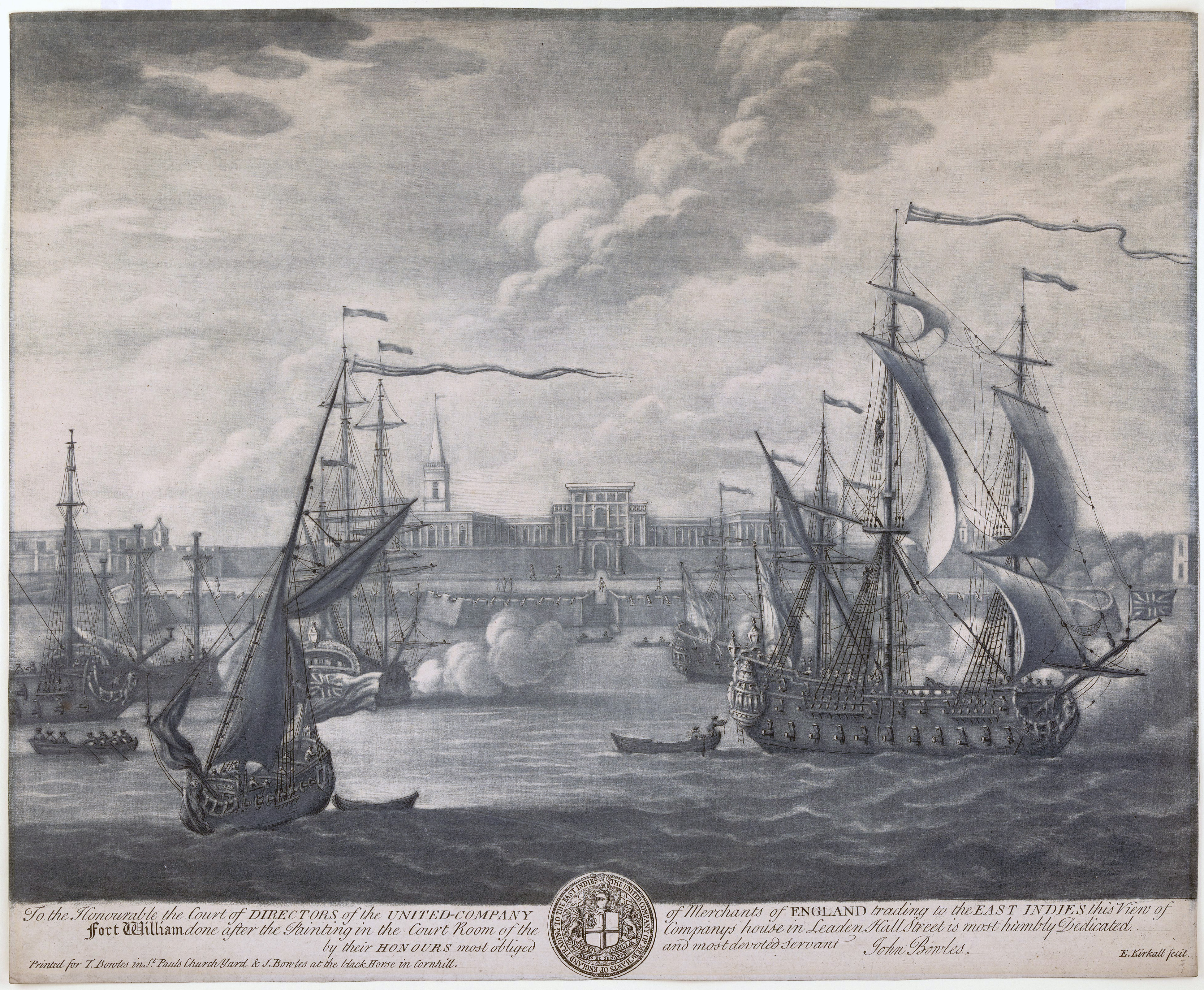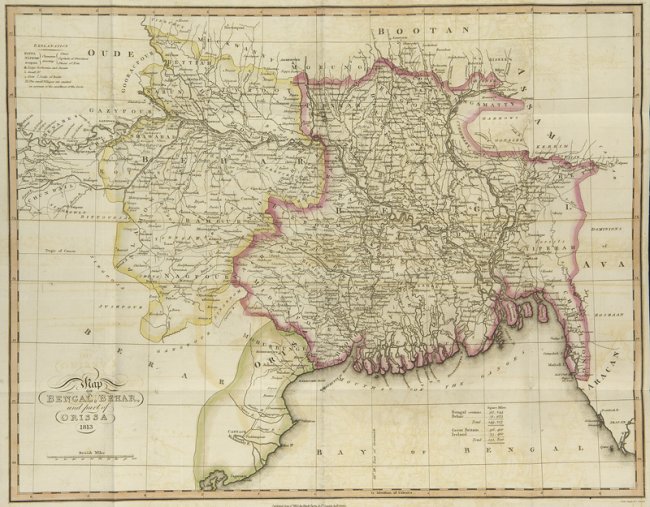|
Mahmuda Khatun Siddiqua
Mahmuda Khatun Siddiqua (16 December 1906 – 2 May 1977) was a Bangladeshi poet, essayist, and a pioneering women's liberation activist. She was awarded Ekushey Padak in 1977 by the Government of Bangladesh. Life and activism Mahmuda was born in Pabna in the then East Bengal and Assam. Her father Khan Bahadur Mohammad Sulaiman was a divisional school inspector who supported women's literary movement. Her mother Syeda Rahatunnesa Khatun had great love for literature and music. The young Mahmuda showed great skills in sketching and drawing. Writer Najibar Rahman was her home-tutor when she was a child. Although his father was a proponent of female education, she could only study till Class VIII and was married off at a young age. However, she got a divorce from her husband when her rights and independence were throttled. Shaheen Akhtar and Moushumi Bhowmik (eds) Women in concert: An anthology of Bengali Muslim women’s writings, 1904-1938 (Kolkata: Stree, 2008). 358. She ... [...More Info...] [...Related Items...] OR: [Wikipedia] [Google] [Baidu] |
Pabna
Pabna ( bn, পাবনা) is a city of Pabna District, Bangladesh and the administrative capital of the eponymous Pabna District. It is on the north bank of the Padma River and has a population of about . Etymology * According to the historian Radharaman Saha, Pabna is named after Paboni, a branch of the Ganges (Originated from Himalayan). * Archeologist Cunningham wrote that the name came from "Poth", a totem folk who lived long ago in this region (Poundrabardhan). A survey map from 10 depicts a Mouza (medium-size village) named Padeh Pabna in the Nazirpur Pargana (pargana can be considered as a cluster of villages). * Haraprasad Shastri, the author and historian, regarded the name Pabna as originating from Podubomba, a small feudal kingdom, which was established by a king named Shom, during the Pal Dynasty period. * Historian Durgadas Lahiri, in his book ''Prithibir Itihash'', used a map from the ancient period where a village named Pabna can be seen. * A legend: There ... [...More Info...] [...Related Items...] OR: [Wikipedia] [Google] [Baidu] |
East Bengal And Assam
Eastern Bengal and Assam was an administrative subdivision (province) of British India between 1905 and 1912. Headquartered in the city of Dacca, it covered territories in what are now Bangladesh, Northeast India and Northern West Bengal. History As early as 1868, British administrators saw the need for an independent administration in the eastern portion of the Bengal Presidency. They felt that Fort William in Calcutta, the capital of British India, was already overburdened. By 1903, it dawned on the colonial government on the necessity of partitioning Bengal and creating prospects for Assam's commercial expansion. The British promised increased investment in education and jobs in the new province called Eastern Bengal and Assam. Lord Curzon, the Viceroy of India, proposed the Partition of Bengal and put it into effect on 16 October 1905. Dacca, the former Mughal capital of Bengal, regained its status as a seat of government. Sir Bampfylde Fuller was the province's first L ... [...More Info...] [...Related Items...] OR: [Wikipedia] [Google] [Baidu] |
British India
The provinces of India, earlier presidencies of British India and still earlier, presidency towns, were the administrative divisions of British governance on the Indian subcontinent. Collectively, they have been called British India. In one form or another, they existed between 1612 and 1947, conventionally divided into three historical periods: *Between 1612 and 1757 the East India Company set up factories (trading posts) in several locations, mostly in coastal India, with the consent of the Mughal emperors, Maratha Empire or local rulers. Its rivals were the merchant trading companies of Portugal, Denmark, the Netherlands, and France. By the mid-18th century, three ''presidency towns'': Madras, Bombay and Calcutta, had grown in size. *During the period of Company rule in India (1757–1858), the company gradually acquired sovereignty over large parts of India, now called "presidencies". However, it also increasingly came under British government oversight, in effect shar ... [...More Info...] [...Related Items...] OR: [Wikipedia] [Google] [Baidu] |
Dhaka
Dhaka ( or ; bn, ঢাকা, Ḍhākā, ), formerly known as Dacca, is the capital and largest city of Bangladesh, as well as the world's largest Bengali-speaking city. It is the eighth largest and sixth most densely populated city in the world with a population of 8.9 million residents as of 2011, and a population of over 21.7 million residents in the Greater Dhaka Area. According to a Demographia survey, Dhaka has the most densely populated built-up urban area in the world, and is popularly described as such in the news media. Dhaka is one of the major cities of South Asia and a major global Muslim-majority city. Dhaka ranks 39th in the world and 3rd in South Asia in terms of urban GDP. As part of the Bengal delta, the city is bounded by the Buriganga River, Turag River, Dhaleshwari River and Shitalakshya River. The area of Dhaka has been inhabited since the first millennium. An early modern city developed from the 17th century as a provincial capit ... [...More Info...] [...Related Items...] OR: [Wikipedia] [Google] [Baidu] |
Banglapedia
''Banglapedia:'' ''the'' ''National Encyclopedia of Bangladesh'' is the first Bangladeshi encyclopedia. It is available in print, CD-ROM format and online, in both Bengali and English. The print version comprises fourteen 500-page volumes. The first edition was published in January 2003 in ten volumes by the Asiatic Society of Bangladesh, with a plan to update it every two years. The second edition was issued in 2012 in fourteen volumes. ''Banglapedia'' was not designed as a general encyclopedia but as a specialized encyclopedia on Bangladesh-related topics. For the encyclopedia's purposes, Bangladesh is defined as the territory comprising ancient Eastern India, Bengal Sultanate, Bengal Subah, Bengal Presidency, East Bengal, East Pakistan, and the independent Bangladesh, in historical succession. The encyclopedia's chief editor is Sirajul Islam. Over 1450 writers and specialists in Bangladesh and abroad helped create the entries. ''Banglapedia'' has over 5,700 entries i ... [...More Info...] [...Related Items...] OR: [Wikipedia] [Google] [Baidu] |
Ekushey Padak
Ekushey Padak ( bn, একুশে পদক; lit. "Twentyfirst Award") is the second highest civilian award in Bangladesh, introduced in memory of the martyrs of the Bengali Language Movement of 1952. The award is given to recognize contributions in a number of fields, including culture, education, and economics. The Ministry of Cultural Affairs administers the award. The award consists of an 18 carat gold medal weighing 3 tolas and a certificate of honour. The medal was designed by the artist Nitun Kundu. The amount of the cash reward was originally ৳ 25,000, but it was subsequently increased to ৳ 100,000 in 2015. Next it was increased to tk 2,00,000 in 2017 and to tk 4,00,000 as of November 2019. Etymology The name ''Ekushey'' is important to Bengali nationalism, referring to 21 February 1952, commemorated as Language Movement Day and International Mother Language Day, when students campaigning for official status of the Bengali language within Pakistan were killed b ... [...More Info...] [...Related Items...] OR: [Wikipedia] [Google] [Baidu] |
Swadeshi Movement
The Swadeshi movement was a self-sufficiency movement that was part of the Indian independence movement The Indian independence movement was a series of historic events with the ultimate aim of ending British Raj, British rule in India. It lasted from 1857 to 1947. The first nationalistic revolutionary movement for Indian independence emerged ... and contributed to the development of Indian nationalism. Before the BML Government's decision for the Partition of Bengal (1905), partition of Bengal was made public in December 1903, there was a lot of growing discontentment among the Indians. In response the Swadeshi movement was formally started from Town Hall Calcutta on 7 August 1905 to curb foreign goods by relying on domestic production. Mahatma Gandhi described it as the soul of swaraj (self-rule). The movement took its vast size and shape after rich Indians donated money and land dedicated to Khadi and Gramodyog societies which started cloth production in every household. ... [...More Info...] [...Related Items...] OR: [Wikipedia] [Google] [Baidu] |
Bangla Academy Literary Award
The Bangla Academy Literary Award ( bn, বাংলা একাডেমি সাহিত্য পুরস্কার; ''Bangla Academy Shahitya Puroshkar''), is given by the Bangla Academy of Bangladesh in recognition of creative genius in advancement and overall contribution in the field of Bengali language and literature. It was introduced in 1960 and recognized six categories: poetry, novels, short stories, essays, children's literature and translation. Beginning in 1985, two more awards were introduced to recognize overall contributions to Bengali language and literature. At present, the Bangla Academy award is given in three fields: * Poetry, novel, and short story * Research, essay, and science * Translation, drama, and juvenile literature Awards by decade Following are lists of recipients of the award since 1960. * List of Bangla Academy Literary Award recipients (1960–69) * List of Bangla Academy Literary Award recipients (1970–79) * List of Bangla Academy ... [...More Info...] [...Related Items...] OR: [Wikipedia] [Google] [Baidu] |
1906 Births
Events January–February * January 12 – Persian Constitutional Revolution: A nationalistic coalition of merchants, religious leaders and intellectuals in Persia forces the shah Mozaffar ad-Din Shah Qajar to grant a constitution, and establish a national assembly, the Majlis. * January 16– April 7 – The Algeciras Conference convenes, to resolve the First Moroccan Crisis between France and Germany. * January 22 – The strikes a reef off Vancouver Island, Canada, killing over 100 (officially 136) in the ensuing disaster. * January 31 – The Ecuador–Colombia earthquake (8.8 on the Moment magnitude scale), and associated tsunami, cause at least 500 deaths. * February 7 – is launched, sparking a naval race between Britain and Germany. * February 11 ** Pope Pius X publishes the encyclical '' Vehementer Nos'', denouncing the 1905 French law on the Separation of the Churches and the State. ** Two British members of a poll tax colle ... [...More Info...] [...Related Items...] OR: [Wikipedia] [Google] [Baidu] |
1977 Deaths
Events January * January 8 – 1977 Moscow bombings, Three bombs explode in Moscow within 37 minutes, killing seven. The bombings are attributed to an Armenian separatist group. * January 10 – Mount Nyiragongo erupts in eastern Zaire (now the Democratic Republic of the Congo). * January 17 ** 49 marines from the and are killed as a result of a collision in Barcelona harbour, Spain. * January 18 ** Scientists identify a previously unknown Bacteria, bacterium as the cause of the mysterious Legionnaires' disease. ** Australia's worst Granville rail disaster, railway disaster at Granville, a suburb of Sydney, leaves 83 people dead. ** SFR Yugoslavia Prime minister Džemal Bijedić, his wife and 6 others are killed in a plane crash in Bosnia and Herzegovina. * January 19 – An Ejército del Aire CASA C-207 Azor, CASA C-207C Azor (registration T.7-15) plane crashes into the side of a mountain near Chiva, Valencia, Chiva, on approach to Valencia Airport in Spain, killing all ... [...More Info...] [...Related Items...] OR: [Wikipedia] [Google] [Baidu] |





